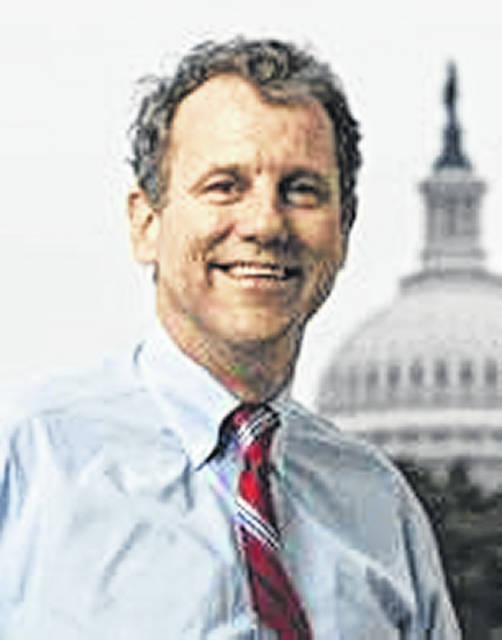
WASHINGTON, D.C. — The 2020 census is underway and our efforts to count every single Ohioan will not stop because of the pandemic. Ohioans can respond to the census safely online, by mail or by phone.
The census determines how billions of dollars in federal funds will be distributed. Federal, state, and local programs all use census data for health care services, housing, education, transportation, and so much more.
For Ohio to get the resources our communities need, we have to make sure every single Ohioan is counted. It’s particularly important for places that too often get overlooked in Washington.
That’s why I’m encouraging all Ohioans to go online to my2020census.gov today and do your part.
So far we’ve had good participation overall in Ohio – but that hasn’t been even across the state. Appalachia and other rural communities, along with Ohio’s cities, are falling behind.
If you’ve already filled out the census, ask your family, your friends, and your neighbors if they’ve done their part. For every person who is not counted in the census, our communities can lose thousands of dollars in federal funding – those are dollars that get pulled out of your local roads, schools, and public services.
Right now, many Ohioans are joining a national debate over how we spend our country’s resources. They’re urging our government to devote more to priorities like health care, education, housing and other community supports – particularly in Black and brown communities that have seen underinvestment for far too long.
No matter how much Congress appropriates for all of these priorities, communities won’t see their fair share of federal resources if they aren’t counted.
All of your responses are confidential, secure, and protected by federal law. Census data will only be used to produce statistics – so don’t let anyone scare you away from participating. And the Census Bureau will never ask for your Social Security number, or ask you for money. Your information is kept anonymous and safe.
Let’s work together to make sure everyone is counted, so that Ohio communities don’t get left behind for the next ten years.





